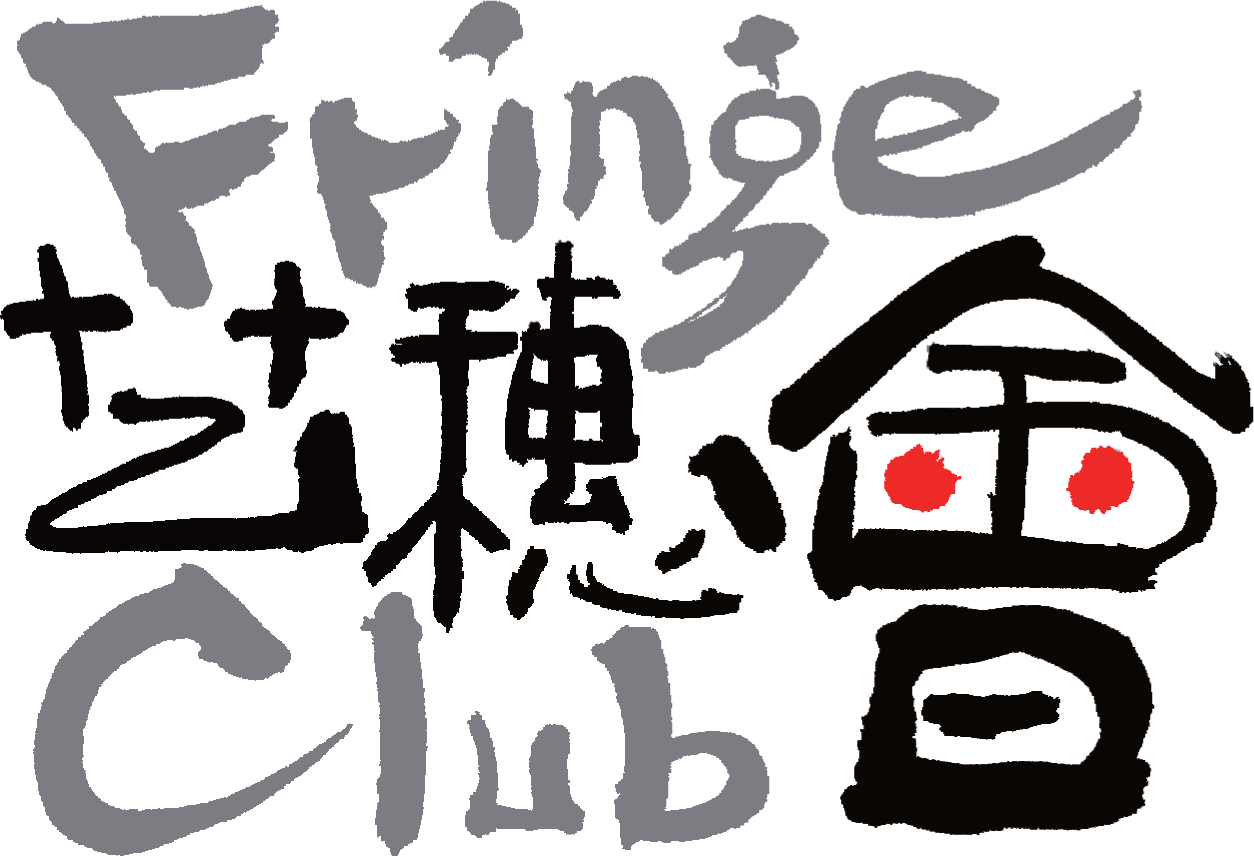Our Mob
演出
Adelaide Festival Centre

- (三) 16-10-2013 至 (三) 30-10-2013
 陳麗玲畫廊
陳麗玲畫廊

簡介
Reg Dodd is an artist, political activist, historian, Arabunna elder and custodian for the Marree and Lake Eyre region of South Australia. Displaying his art allows Dodd to give people the chance to understand how Aboriginal people feel about the land. Dodd uses his camera to make works of art that record his country. He says, “Tourists come through this place and say that there’s nothing to see out there. They say it’s a big country with nothing in it. But I can go out and photograph any number of things just in a tiny area. I take photographs of things in their natural habitat. Nearly all my photos are of this area because I can identify with the places and the images: they’re part of me.” Reg Dodd was born in 1940 at Finniss Springs Mission Station which is situated on the Southern Shore of Lake Eyre. As a young teenager he worked as a stockman and later on the railways. He then worked as a photographer for the Department of Environment and Planning and Aboriginal Heritage and then started Arabunna Tours which are still operating.
Coral Hayes Pananka paints with pride and respect of her Ancestors - without them she would not have a skin name or her many totems and dreaming stories. Her work is works are highly sought after, intricate, time consuming - often created over many months as her work is multi layered complexity. In 2011 she was a finalist for the coveted Heysen Art Prize. Coral Hayes Pananka is Arrernte, Kookatha, Yorta Yorta & Mutti Mutti and was born in Balranald New South Wales but her Ancestral connections are around Alice Springs in the Northern Territory.
Pitjantjatjara artists Alec Baker, Maisie King, Betty Muffler, Vicki Cullinan, Nellie Coulthard, Julie Yatjitja, Tiger Yaltangki and Karen Carroll are all practicing artists from the Anangu Lands of remote and far north of South Australia, west and inland from the main northern highway that bisects Australia. These artists practice and develop their art to sustain, support and promote their cultural heritage. Pitjantjatjara work is characterized by the adaptation of traditional symbols of their country: red sand hills, rocky outcrops, hidden waterholes, desert creeks, journeys across huge land tracts and bush survival skills. Artists paint or decorate ceramic works about a land that is full of creation stories, special sites and native fauna like lizards, snakes, kangaroo or emu.
James Tylor is a young Indigenous artist currently studying a Masters of Visual Art and Design (Photography) at University of South Australia. He has been exhibiting since 2009 and creates a range of contemporary installations or hand worked photographs to express his concerns. His Un-resettling series explores the paradox of practicing traditional Indigenous culture in National parks, conservation parks and recreational bushland. Un-resettling seeks to place traditional Indigenous dwellings back into the landscape as a public reminder that they once appeared throughout the area. This series also highlights the removal of Indigenous people and their culture from these public areas where the land is only now used for public enjoyment.
Peter Sharrock is a ceramicist, installation artist, painter, sculptor, printmaker, photographer and writer. Sharrock lives and works in Adelaide and is currently working under a scholarship and mentoring program at the Adelaide Jam Factory. He is a descendant of the Arrernte people of the Northern Territory and his works are informed by issues relating to personal and cultural identity. He has a Bachelor of Visual Arts and Design (Uni of South Australia) and has also trained as a carpenter and joiner.
Christina Gollan is a Ngarrindjeri woman from Raukkan, a small Aboriginal settlement south east of Adelaide on the Murray Lakes and Coorong and it is clear her Aboriginal heritage heavily influences her work. She is currently working at the Adelaide Jam Factory under a mentoring program. Gollan has been passionate about painting and drawing from an early age and in recent years she has begun to transfer these designs onto ceramic surfaces. These designs reflect forms based on Australian native plants, seeds nuts and fauna. Gollan combines an illustrative style to create beautiful ceramic plates and hand-built vessels.
Lily Ulah is an elderly Yankunytjatjara artist from Coober Pedy. Her paintings of her desert country, flowers after rain, are wild and free; an individual style drawn from her heart. Located on the Stuart Highway, Coober Pedy is an opal mining and tourist town about 850 km north of Adelaide, a harsh environment characterised by high temperatures and barren limestone outcrops. Although predominantly miners and shop keepers, about a fifth of the population are Indigenous who sustain their culture through art.










